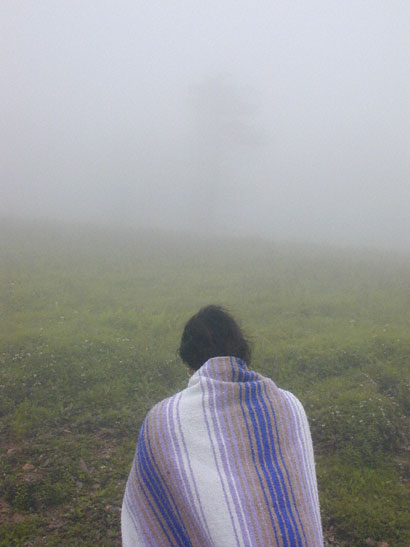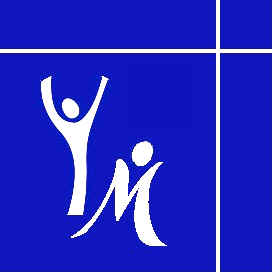Advent
in a wintry season
by
Ronald Trojcak
“I am, says God, the Lord of Virtues.
Faith
is a church, a cathedral rooted in the soil of France.
Charity is a hospital, an almshouse which
gathers up all the miseries of the world.
But if it weren’t for hope, all that would
be nothing but a cemetery.
I am, says God, the Lord of Virtues.
Faith is she who watches during centuries
and centuries.
Charity is she who watches during centuries and centuries.
But my little hope is she who goes to bed every night and gets up every morning and really sleeps very well.”
I first read these words of the poet, Charles Peguy, many years ago, while I was
in the seminary. I was struck by
their spare and memorable splendour, and for that reason, I’ve returned to
them often.
But there is more to it than that: the
focus of the poem is, of course, hope, and the poem consists largely of a set of
comparisons between faith and charity on one hand, and hope on the other.
Throughout these comparisons, Peguy contrasts the large and
impressive character of faith and charity with the modest and unobtrusive
character of hope. I’m fairly
sure Peguy didn’t intend this, but his presentation of hope reflects the
all-but-invisible status which hope had in the theology I learned, and in the
life of the church. Witness the extraordinary impact several years ago, of
the appearance of Jurgen Moltmann’s great work, The Theology of Hope.
What often went for hope, in the religious
lives of many of us, was something of a last-ditch stand.
That is, hope emerged last in time, and only when every resource seemed
to have been exhausted. “Well, now we can only hope...” was, often enough, an
expression of fatalism or despair.
This can provide both a timely and necessary
entree into the season of Advent, which is, above all, the season of hope.
Advent is a time when we’re called to reflect on what it means to hope and to
become more genuinely hopeful people.
The winter of our discontent
Not
long before he died, Karl Rahner spoke of faith today, enduring a “wintry
season.” I think this assessment
can be made, with even more justice today, about hope.
The statistics, from whatever area of life, are both dreary and familiar.
Joblessness, the larcenous behaviour of so many prestigious entrepreneurs
and financial managers, the unprecedented chauvinism of the U.S. administration,
the widening disparity between the rich and the poor (and this not just in the
Third World, but in our own), ecological devastation and its inescapable
consequences, racism and sexism, seemingly irremediable wounds in the body
politic. All these exist over the constant hum of warfare, famine, disease and
poverty. And the loud noises only
serve to amplify the distressing sounds of personal catastrophes.
Finally, for us white-knuckled believers, there is the condition of the
church, variously described as being adrift, polarized, or discredited in its
moral authority. The consequence of all of these is, for many of us, a pervasive
sense of helplessness.
Such a bleak rehearsal is essential if we
are not to reduce hope either to some private determination to survive, or, by
ignoring the world we inhabit, to espouse a fraudulent optimism.
Ultimately, hope is the whole-hearted entrusting of oneself with one’s
world, to the God, manifest in this man Jesus.
This God was revealed in Jesus’ endless self-donation to his time and
his place, above all, in his active attentiveness to the least of his brothers
and sisters. And just as Jesus’
lifetime among us was the supreme gift of God to our world, and us so our effort
to entrust ourselves to this God is gift, that is, grace, as well.
The
structure of hope
So
we can now try to lay out the structure of hope.
First: it is the bone-deep awareness that the time that we have is in
fact, the only time that we have. But
it is simultaneously to construe that time in a way that radically differs from
our “normal” time-keeping. It
is to understand and live in time continually aware that this time is God’s
time, given to us, and this despite all appearances.
So it is to relativize the impact of those movers and shakers who seem to
be determining the shape and meaning of our world and filling up all its time.
Hope, next, is to measure all our efforts, and the efforts of all others
(especially those great others) over against the career, the time, of Jesus.
Hope is thus also to fill our time by resisting being paralyzed by the
size of the gap between what this time holds, and what God wants it to hold,
always as understood in the light of Jesus’ lifetime. Hope is therefore essentially tensive; it is the capacity to
live, conscious that in our time our world is, often enough, gruesomely
deformed. It is hope which bears the pain of this tension and is not submerged
by it, so that, as Peguy put it, it sleeps very well. But hope is also essentially conative; it consists first, of
filling our time with the exertion to seek God’s will in and for this moment.
And it is the timely exertion to collaborate, to labor with, that will,
always conscious of the partiality of our understanding.
It is to work to fill this time, as Jesus filled his, with the presence
of God.
And last, hope sees time, as all reality, as
terminating in God. Put
technically, hope is eschatological. And
this is of crucial importance. It
is not surprising that, just as hope was the forgotten or neglected virtue, so
the eschatological horizon has all but vanished, not just from our theology, but
from our religious sensibility as well. Eschatology means that our time, which is God’s gift to us,
will be finally received into God’s timelessness.
Hope is thus the vision and the effort to live out our time, Godwardly.
Peguy
concludes, putting these words in God’s mouth:
“But
my hope is the bloom, and the fruit, and the leaf, and the limb,
And the twig, and the shoot, and the seed,
and the bud.
Hope is the shoot, and the bud of the bloom of eternity itself.”
 Return
to Prayers & Reflections Return
to Prayers & Reflections
|
 Return
home Return
home |